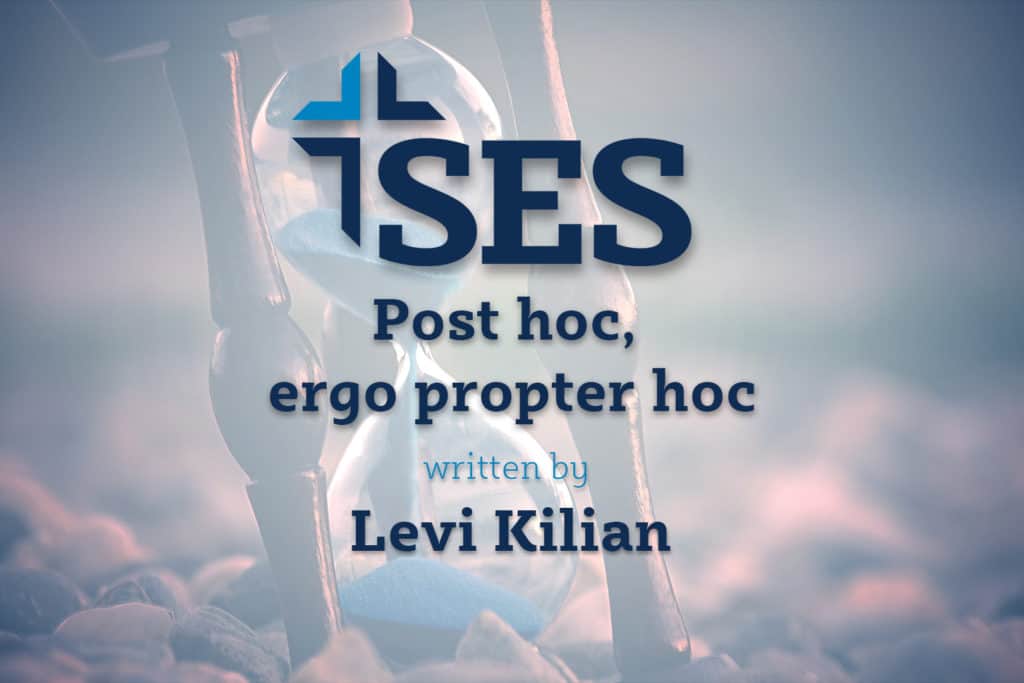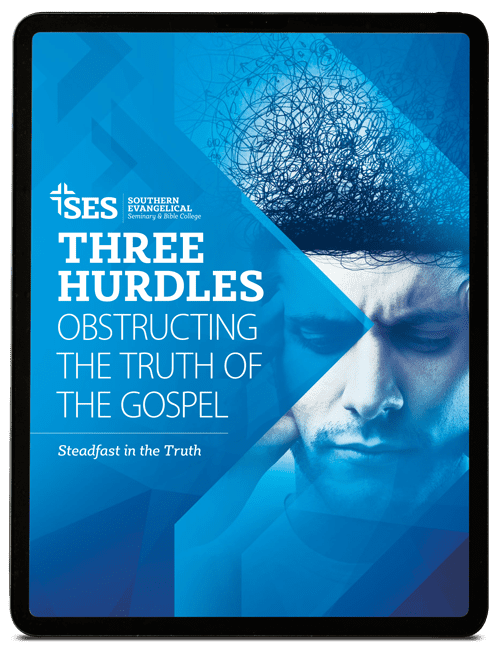Defining the Fallacy
Literally translated “After this, therefore caused by this,” the post hoc, ergo propter hoc fallacy is a fallacy of causal induction.¹ Fallacies of induction are committed when one incorrectly infers a conclusion or consequence of some kind. The post hoc, ergo propter hoc fallacy is committed when one infers that something is the cause of something else merely because the “first thing is observed to occur before the second thing.”² Consider A and B, where A represents an event or thing and B represents another event or thing that occurs after A. The fallacy is committed when when one infers that A is the cause of B simply because it occurs prior to B.
Examples of the Fallacy
Let us start with the obvious but humorous instance of the fallacy that Kreeft provides.³ Imagine waking up in the morning to the rooster crow at a time in history before alarm clocks, iPhones, and other time-telling devices. Every morning after the rooster crows the sun subsequently rises. This happens every morning until the thought occurs to your pre-modern mind, “Ah! I figured it out. Since the sun rises every morning after the rooster crows, it must be the case that the sun rises because the rooster crows!” You see, there may well be some kind of correlation between the rooster’s crowing and the breaking of dawn, but by concluding that the rooster’s crowing causes the sun to rise merely because of its prior occurrence, one commits the fallacy. There could be a million other reasons why the rooster’s crowing and the sun rising coincide. It could be that the sun rising causes the rooster to crow. Or it could be that roosters have a circadian rhythm or internal clock. Prior occurrence is not sufficient to infer a relationship between the rooster’s crowing and the sun rising.
In apologetic contexts, the fallacy is not usually committed in isolation because most people are reasonable enough to admit that temporal proximity or prior occurrence does not entail causation. Consider the following argument as another example:
- The pagan myths of Osiris, Horus, and Mithra were circulated prior to the time of Jesus Christ.
- Therefore, the life of Jesus Christ is simply a fabricated story based on pagan myths.
The argument is obviously flawed. This is readily seen when one notices that one can change out the circulation of pagan myths for any other historical occurrence and the argument is no stronger. The argument above does not say anything about the content of the pagan myths or the historical context/facts surrounding the life of Jesus; it merely suggests that because the myths were circulated before the time of Christ, that the story of Christ is likewise a fiction. As we’ve already discussed, A occurring prior to B does not entail that A is the cause of B. However, the argument above usually has an additional premise. As an apologetic exercise, consider the reformulated argument that you may well have heard before:
- The pagan myths of Osiris, Horus, and Mithra were circulated prior to the time of Jesus Christ.
- There are significant similarities between the details in these pagan myths and those described in life of Christ.
- Therefore, the life of Jesus Christ is simply a fabricated story based on pagan myths.
How does one deal with this argument? Even with this formulation, the conclusion does not follow. As has already been described, premise one is faulty, for the prior circulation of these pagan myths in no way entail that they are somehow connected to the historical Jesus. If one solely uses premise one to support the conclusion, then one has committed a fallacy. Premise two is actually false (though the details are beyond the scope of this post).⁴
Avoiding the Fallacy
As already mentioned, post hoc ergo propter hoc, is not a fallacy that is commonly committed, because most recognize that one cannot base a conclusion solely on the antecedent occurrence of something. Just remember, A occurring prior to B does not entail that A is the cause of B: prior occurrence, though a necessary condition, is not a sufficient condition for causation.
- Peter Kreeft, Socratic Logic (South Bend, IN: St. Augustine Press, 2014), 100.
- Ibid.
- Ibid.
- I’ll leave it to the reader to investigate the intricacies of the issue. A good lay-level read defending the historical Jesus against objections similar to the pagan mythology objection can be found in Lee Strobel’s The Case for the Real Jesus.

Download Your FREE eBook!
- Reading Books and Listening to Talks is Not Enough
- Not All Apologetics Methods Are Created Equally
- A Degree is More Than a Piece of Paper






